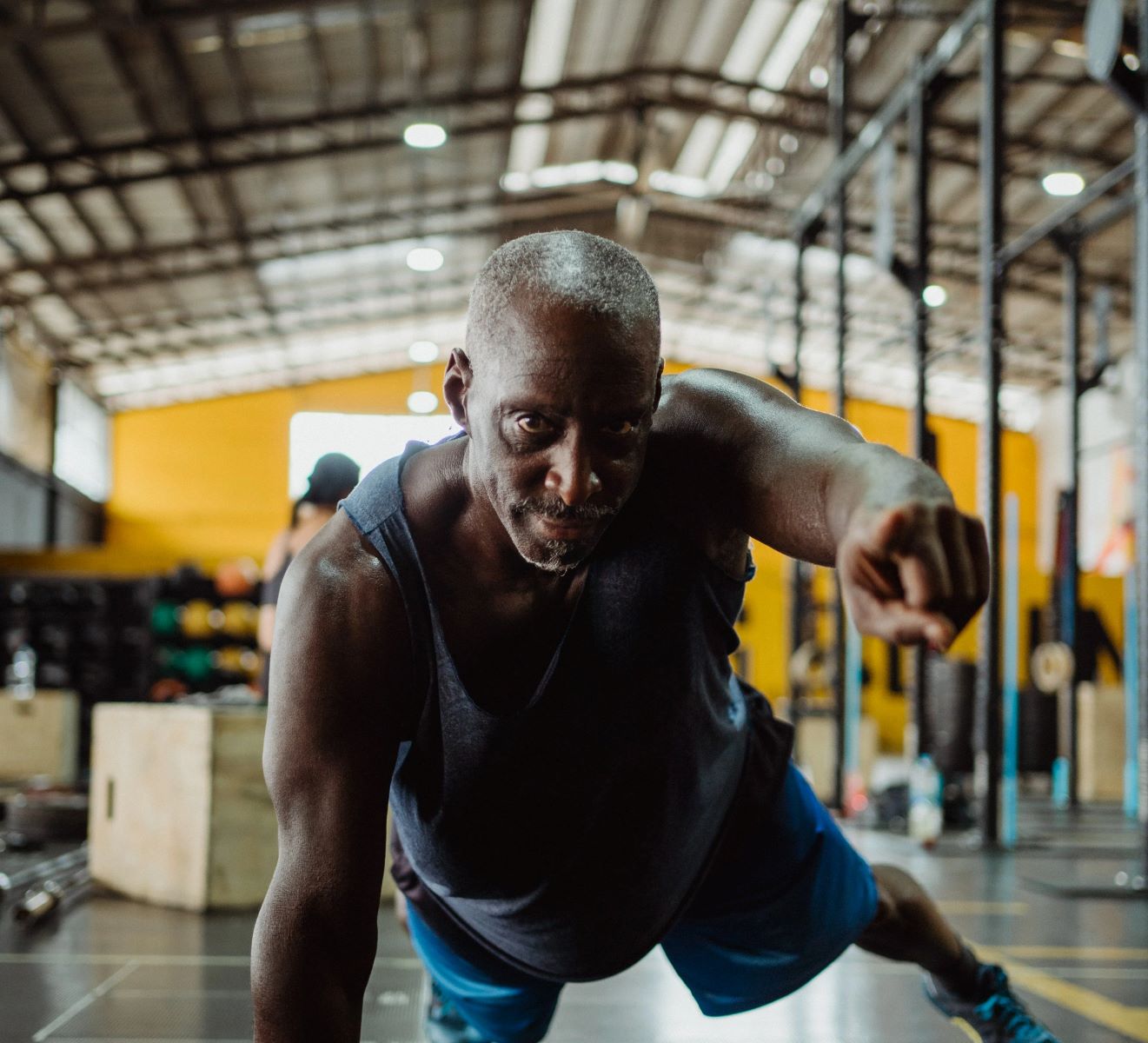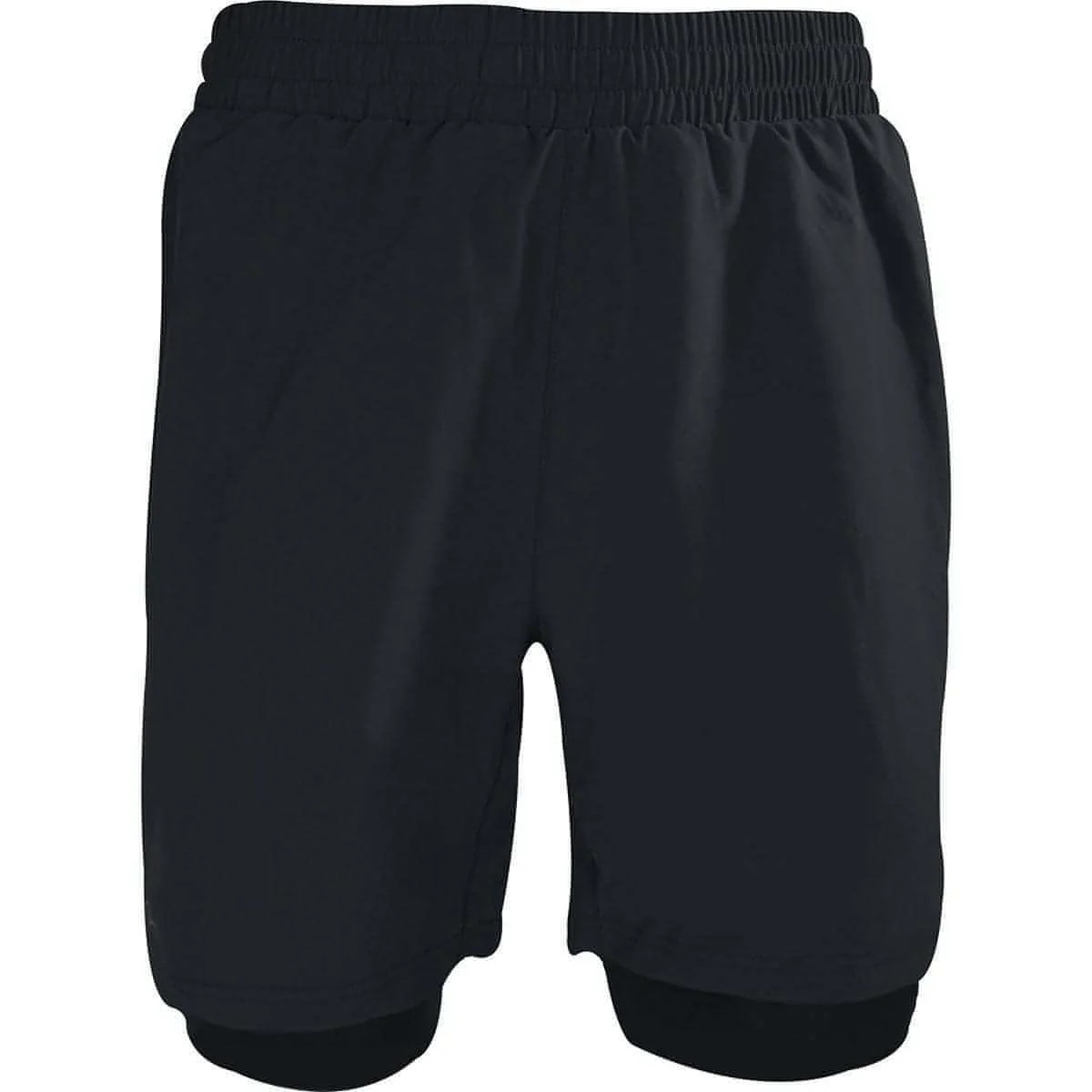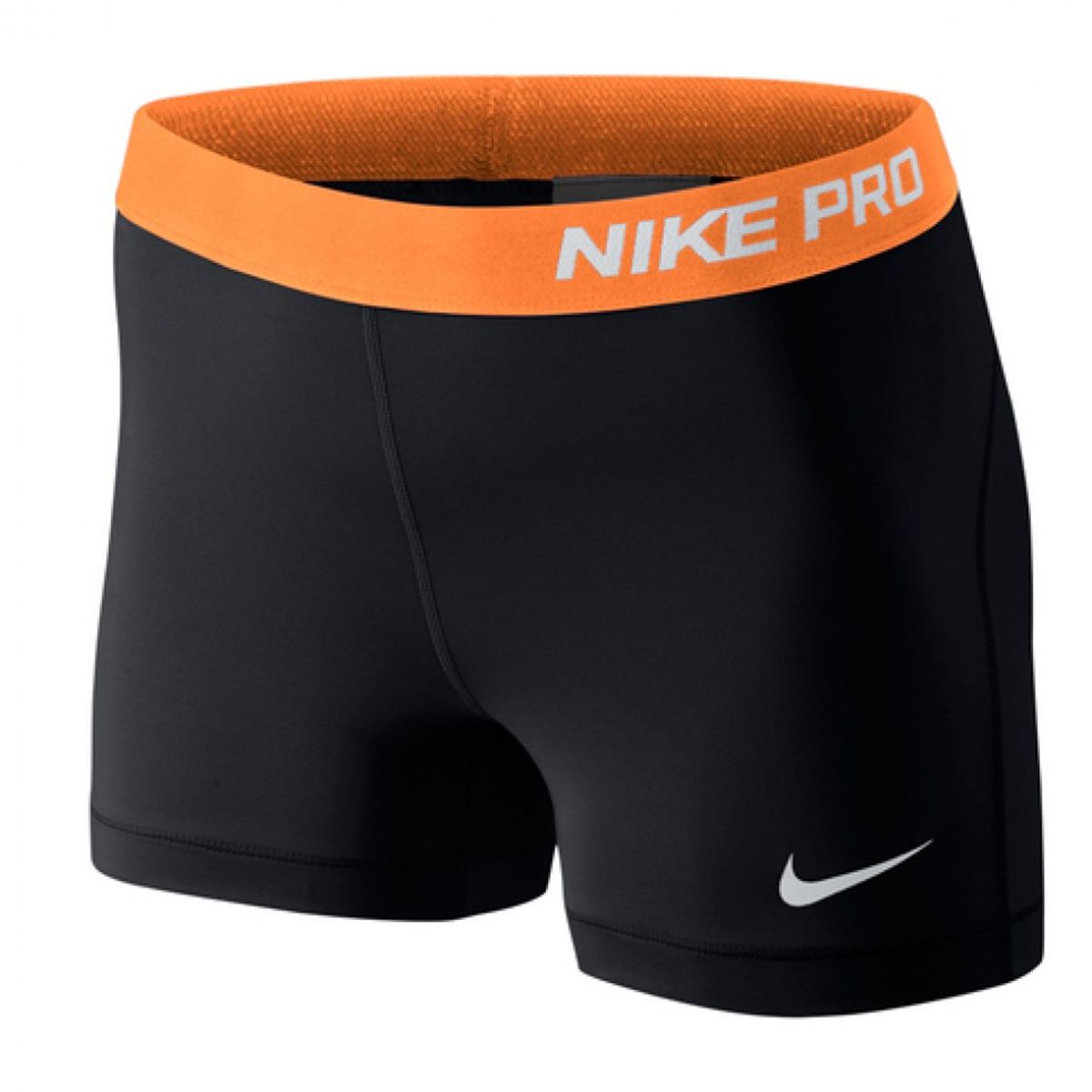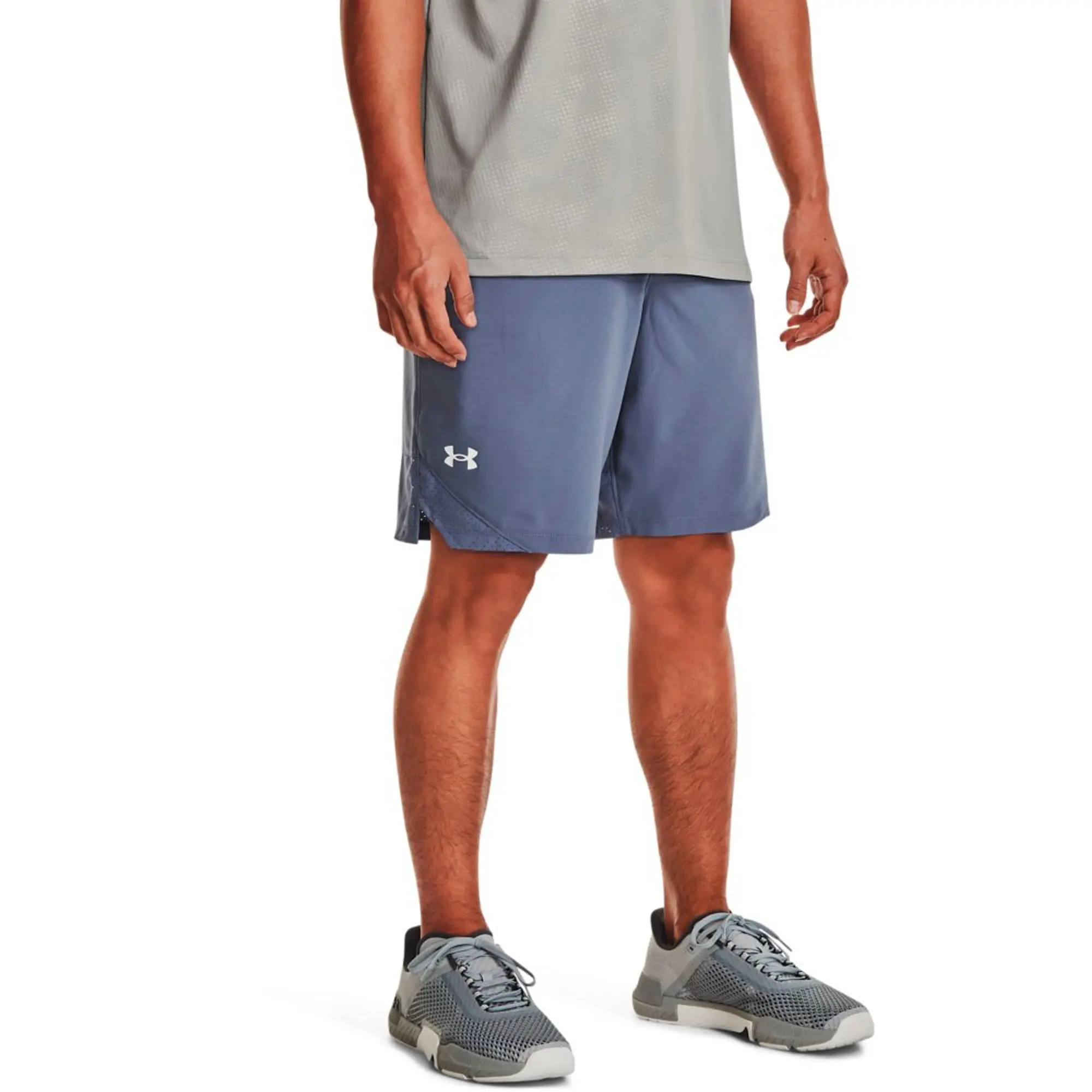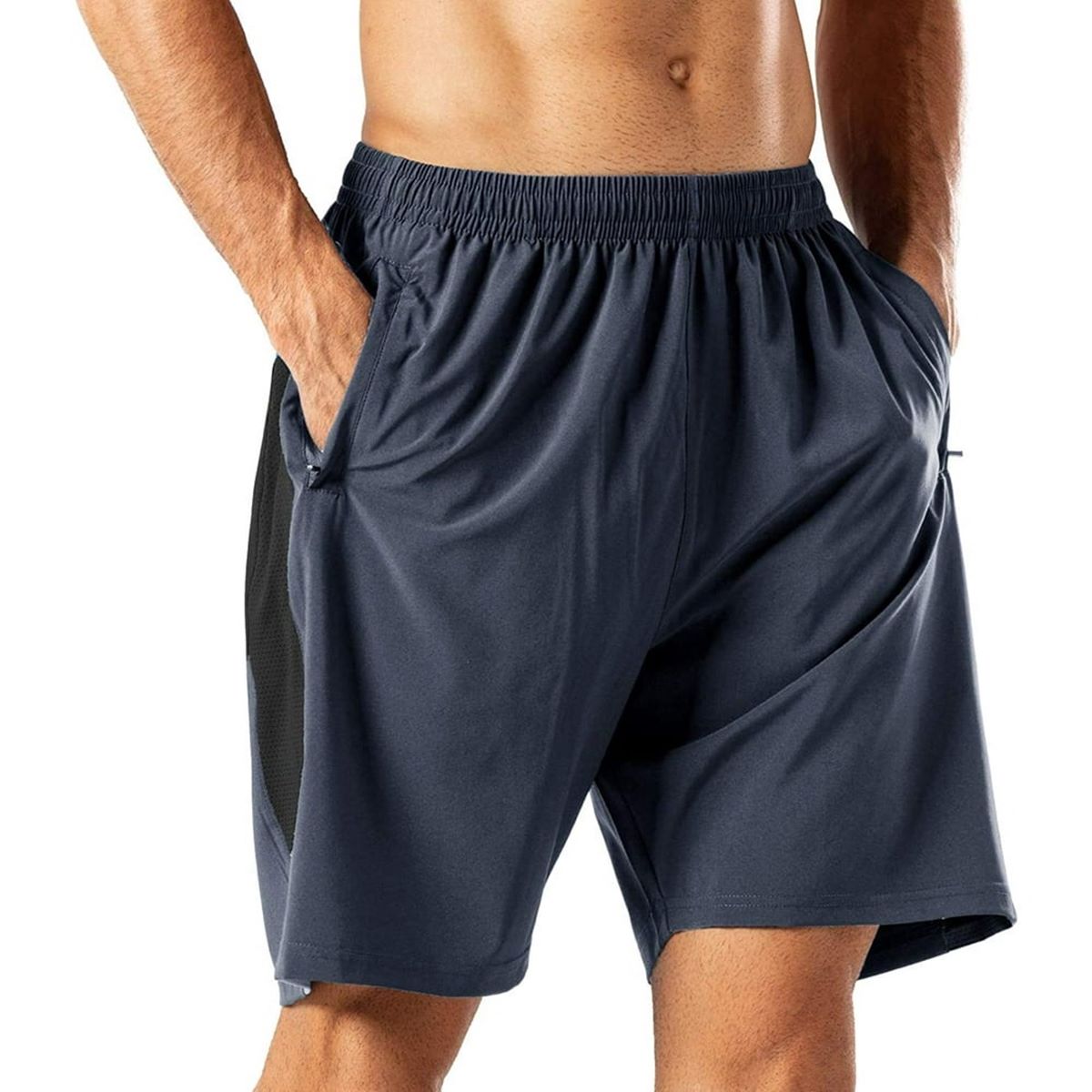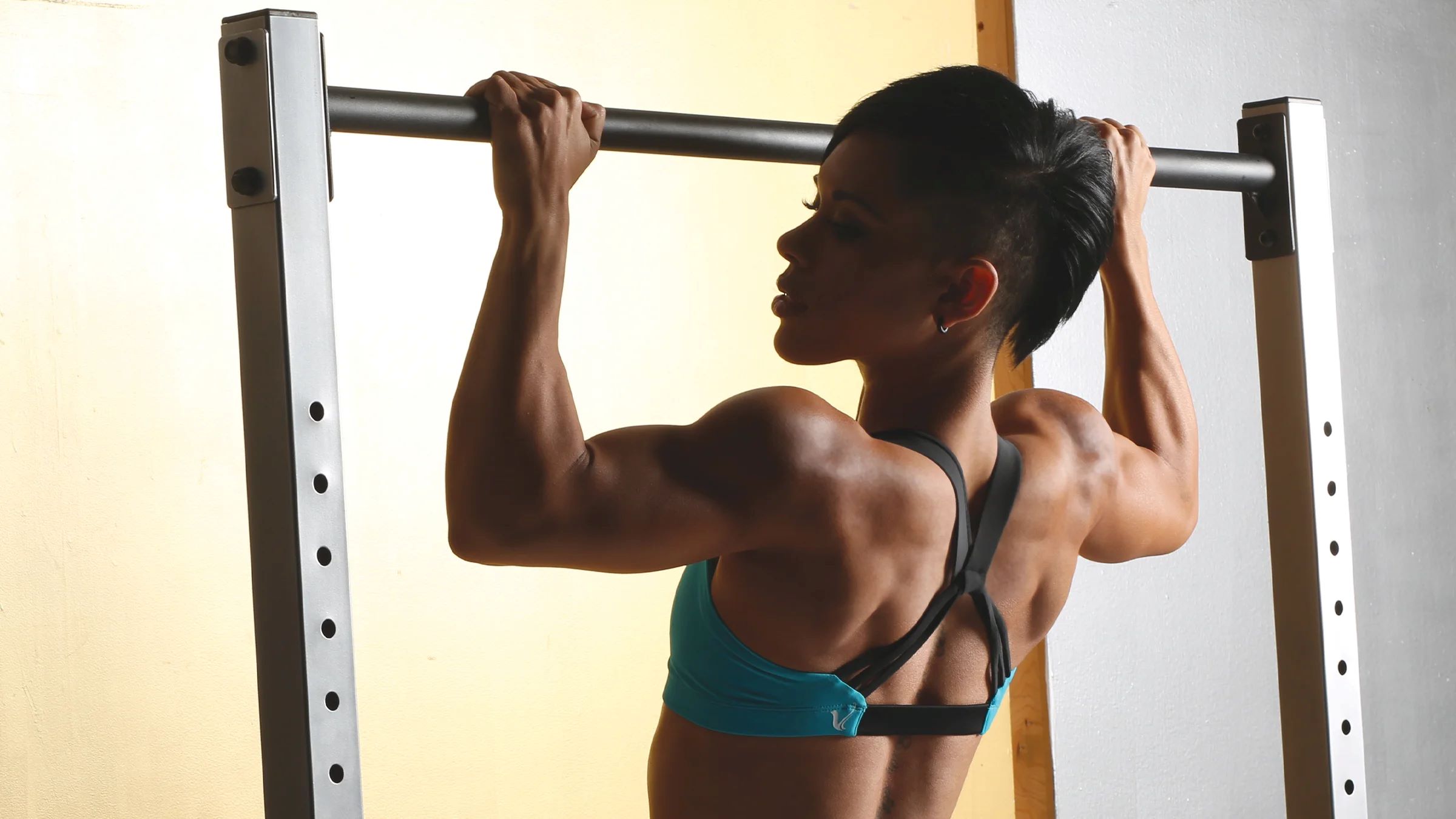

Featured
What Do Pullups Workout
Modified: March 1, 2024
Discover the ultimate workout for your upper body with featured pullups. Strengthen your arms, back, and core with this challenging and effective exercise.
Introduction
Pullups are a highly effective exercise that primarily targets the upper body, particularly the muscles of the back, shoulders, and arms. They are a staple in strength training and are renowned for their ability to build muscular strength and definition. Whether you are a fitness enthusiast looking for a challenging workout or an athlete aiming to improve your performance, incorporating pullups into your routine can bring about significant benefits.
Unlike many other exercises, pullups rely heavily on your own body weight as resistance, making them even more functional and practical. Furthermore, pullups engage multiple muscle groups simultaneously, making them a compound exercise that yields noticeable results in strength and muscle development. In addition to their physical benefits, pullups also enhance overall body control, grip strength, and core stability.
This article will dive into the various benefits of pullups, the specific muscles they target, proper form and technique, different variations of pullups, tips for progression and increasing difficulty, how to incorporate them into a full-body workout routine, and common mistakes to avoid. By the end of this comprehensive guide, you will have a solid understanding of pullups and be well-equipped to integrate them into your fitness regimen.
Benefits of Pullups
Pullups offer a multitude of benefits for both beginners and advanced fitness enthusiasts. Let’s explore some of the key advantages of incorporating pullups into your workout routine:
- Strengthens the Upper Body: Pullups primarily target the muscles in your back, including the latissimus dorsi (lats), rhomboids, and trapezius. They also engage the muscles of the shoulders, arms, and even the core. Regularly performing pullups can lead to increased upper body strength and muscle development.
- Improves Grip Strength: Pullups require a strong grip to hold onto the bar. As you gradually increase the number of pullups you can do, your grip strength will also improve. This can have a positive impact on various other exercises and activities that rely on grip strength.
- Enhances Posture: Pullups help strengthen the muscles responsible for maintaining good posture, such as the muscles in the upper back and shoulders. By improving your posture, you can reduce the risk of developing back and neck pain brought on by poor alignment.
- Boosts Overall Upper Body Definition: Regularly incorporating pullups into your training routine can help sculpt and define the muscles in your upper body, resulting in a more toned and chiseled appearance. This is particularly beneficial for those seeking to develop wide, V-shaped back muscles.
- Functional Exercise: Pullups simulate movements that are often required in daily life, such as pulling yourself up over obstacles or performing activities that involve pulling motions. By regularly performing pullups, you can improve your ability to carry out these everyday tasks with greater ease and efficiency.
- Versatile and Accessible: Pullups can be performed using various grip variations, such as wide grip, narrow grip, and neutral grip. This versatility allows you to target different muscle groups and customize your workout based on your individual goals and preferences. Additionally, pullup bars can be found in many gyms, and there are also options for home pullup bars that can be easily installed.
These are just a few of the many benefits that pullups offer. By incorporating this exercise into your training regimen, you can experience improved strength, muscle definition, posture, and overall functionality.
Muscles Targeted by Pullups
Pullups are a compound exercise that engage multiple muscle groups in the upper body. Understanding the specific muscles targeted by pullups can help you maximize the effectiveness of your workouts and ensure proper muscle development. Here are the key muscles worked during pullups:
- Latissimus Dorsi (Lats): The lats are the largest muscles in your back and are responsible for most of the pulling power during pullups. They are located on the sides of your upper back and give you that coveted V-shape appearance when well-developed.
- Rhomboids: Located between the shoulder blades, the rhomboids help retract and stabilize the shoulder blades during pullups. They play a crucial role in maintaining good posture and overall upper body stability.
- Trapezius: The trapezius muscles are located in the upper back and extend down to the middle of the back. They help stabilize the shoulder blades and assist in the overall movement of the arms during pullups.
- Biceps Brachii: These muscles are located in the front of the upper arm and are responsible for flexing the elbow. Pullups involve a significant amount of elbow flexion, which targets and strengthens the biceps.
- Forearms: The muscles of the forearm, such as the brachialis and brachioradialis, are heavily engaged during pullups to maintain grip and stability. This helps improve overall forearm strength and muscle development.
- Deltoids: The deltoids, or shoulder muscles, are involved in stabilizing the arms and shoulders during pullups. They contribute to the overall pulling strength and assist in the upward movement of the body.
- Core Muscles: Pullups require core engagement to maintain stability and control throughout the movement. The muscles of the abdominal region, including the rectus abdominis and obliques, are activated to some extent during pullups.
By incorporating pullups into your routine, you can effectively target and strengthen these muscles, leading to improved upper body strength, muscle definition, and overall functional fitness.
Proper Form and Technique
Performing pullups with proper form and technique is crucial to ensure optimal results and minimize the risk of injury. Here are the key elements of proper form when doing pullups:
- Grip: Start by gripping the bar with your hands slightly wider than shoulder-width apart. Your palms can face either away from you (overhand grip) or towards you (underhand grip). Experiment with different grip variations to target different muscle groups.
- Hang Position: Hang from the bar with your arms fully extended, shoulders relaxed, and core engaged. Keep your legs straight or slightly bent, depending on your comfort level.
- Engage Your Back Muscles: Initiate the pull-up by squeezing your shoulder blades together and engaging your back muscles. Focus on using your back, rather than relying solely on your arms, to initiate the upward movement.
- Drive Your Elbows Down: As you pull yourself up, focus on driving your elbows down towards the floor. This will help target the muscles in your back and engage the larger, stronger muscles for more efficient pulling power.
- Controlled, Smooth Movement: Avoid using momentum or swinging to perform the pullup. Instead, aim for a controlled and smooth upward movement, maintaining tension in your muscles throughout the entire range of motion.
- Full Range of Motion: Pull yourself up until your chin is just above the bar, ensuring that your chest comes close to touching the bar. Lower yourself down in a controlled manner until your arms are fully extended, allowing a full range of motion for maximum muscle engagement.
- Breathing: Exhale as you pull yourself up and inhale as you lower yourself down. Focus on maintaining a steady breathing pattern to enhance stability and control during the exercise.
It’s important to start with a level of difficulty that is suitable for your current fitness level. If you’re unable to perform a full pullup, modify the exercise by using resistance bands for assistance or performing negative pullups, where you focus on the lowering phase of the movement.
Remember, quality repetitions with proper form are more beneficial than rushing through the exercise with poor technique. Take the time to master the correct form and gradually increase the intensity and difficulty level as you progress.
Variations of Pullups
There are several variations of pullups that can add variety to your workout routine and target different muscles. Incorporating these variations can help you break through plateaus, challenge your muscles in new ways, and prevent boredom. Here are some popular variations of pullups:
- Wide Grip Pullups: In this variation, you grip the bar with your hands placed wider than shoulder-width apart. This targets the outer back muscles, providing a wider range of motion and emphasizing the lats.
- Narrow Grip Pullups: Narrow grip pullups involve placing your hands close together on the bar, with your palms facing towards you. This variation places greater emphasis on the biceps and inner back muscles.
- Commando Pullups: Commando pullups require using a parallel grip, with one hand facing towards you and the other facing away. This variation engages both the biceps and the outer back muscles.
- Chin-Ups: In a chin-up, your palms are facing towards you with a shoulder-width grip. Chin-ups primarily target the biceps and the muscles in the front of the shoulders, while still engaging the back muscles.
- L-Sit Pullups: L-sit pullups involve keeping your legs extended straight out in front of you, forming an “L” shape with your body. This variation engages the core muscles, particularly the lower abs and hip flexors, while targeting the back muscles.
- Weighted Pullups: Once you’ve mastered bodyweight pullups, you can add extra resistance by using a weight belt or holding a dumbbell between your feet or thighs. This increases the intensity and challenges your muscles further.
- Assisted Pullups: If you’re unable to do a full pullup yet, you can use resistance bands or an assisted pullup machine to provide assistance. This allows you to gradually build strength until you can perform unassisted pullups.
Experimenting with different pullup variations can help you target specific muscles, break through plateaus, and keep your workouts interesting. Rotate between different variations or incorporate them into your routine as you progress.
It’s important to note that while variations can add complexity to your pullup routine, focusing on mastering the basic form and technique is crucial before progressing to more challenging variations. This ensures that you maintain proper muscle recruitment and minimize the risk of injury.
Tips for Progression and Increasing Difficulty
As you become more proficient in performing pullups, you’ll want to challenge yourself and continue making progress. Here are some tips to help you progressively increase the difficulty of your pullup workouts:
- Gradual Increase: Start by gradually increasing the number of repetitions you can perform in a single set. Aim for small, incremental improvements each week, gradually working your way up to higher rep ranges.
- Add Weight: Once you can comfortably perform several pullups, consider adding extra resistance using a weight belt or holding a dumbbell between your feet or thighs. This will increase the intensity and challenge your muscles further.
- Negative Pullups: Focus on the lowering phase (eccentric) of the pullup movement. Jump or use a stepping stool to get your chin above the bar, then slowly lower yourself down to a fully extended position. Negative pullups help build strength in the back muscles, preparing you for full pullups.
- Isometric Holds: Incorporate isometric holds into your pullup routine. At the top of the pullup, hold the position for a few seconds before lowering yourself down. This challenges your muscles and improves overall strength and stability.
- Assisted Variations: Experiment with assisted variations, such as using resistance bands or an assisted pullup machine. These aids can help you gradually decrease the assistance until you can perform unassisted pullups.
- Decrease Rest Time: Challenge yourself by reducing the amount of rest time between sets. This increases the intensity of your workout and helps build endurance.
- Try Supersets: Combine pullups with other upper body exercises, such as pushups or dips, to create supersets. This helps increase overall upper body strength and adds variety to your routine.
- Experiment with Grip Variations: Vary your grip to target different muscle groups. Incorporate wide grip, narrow grip, and neutral grip variations to challenge your muscles in different ways.
- Train Frequency: Increase the frequency of your pullup workouts gradually. Perform pullups more frequently throughout the week to build strength and improve your overall performance.
Remember, progressing with pullups takes time and consistency. Listen to your body and gradually increase the difficulty in a safe and controlled manner. Push yourself beyond your comfort zone, but always prioritize proper form and technique to reduce the risk of injury.
Incorporating Pullups into a Full Body Workout Routine
While pullups primarily target the muscles of the upper body, they can be effectively incorporated into a full body workout routine. By integrating pullups alongside other compound exercises, you can create a well-rounded workout that stimulates multiple muscle groups and maximizes your overall fitness gains. Here’s how you can include pullups in a full body workout:
- Warm-up: Begin your workout with a thorough warm-up consisting of dynamic stretches, mobility exercises, and a few minutes of light cardio. This helps prepare your muscles for the upcoming workout.
- Compound Exercises: Start your workout with compound exercises that target large muscle groups, such as squats, deadlifts, bench presses, or shoulder presses. This allows you to maximize your strength and energy for the more challenging pullup exercises later in the routine.
- Pullups Superset: After your compound exercises, move on to your pullup sets. Perform a set of pullups followed immediately by a set of an opposing or complementary exercise, such as pushups or inverted rows. This supersetting technique helps maintain efficiency and keeps your heart rate elevated.
- Accessory Exercises: Follow your pullup superset with specific accessory exercises to target smaller muscle groups or to address any muscular imbalances. These exercises can include bicep curls, tricep dips, lat pulldowns, or bent-over rows.
- Core Work: Include exercises that target your core muscles, such as planks, Russian twists, or hanging leg raises. A strong core is essential for maintaining stability and proper form during pullups.
- Cool-down: Finish your workout with a cool-down period that includes static stretching to promote flexibility and enhance recovery. This helps reduce muscle soreness and prevents potential injuries.
Remember to adjust the volume and intensity of your pullup exercises based on your fitness level and goals. If you’re a beginner, start with lower volume and gradually increase the number of sets and repetitions over time.
It’s also important to allow ample rest between workouts to allow for proper muscle recovery and avoid overtraining. Aim for at least 48 hours of rest before targeting the same muscle groups again.
By incorporating pullups into a full body workout routine, you can develop functional strength, improve muscle balance, and achieve well-rounded fitness gains throughout your entire body.
Common Mistakes to Avoid
While pullups are a highly effective exercise, there are some common mistakes that people make. Being aware of these mistakes can help you avoid them and ensure that you perform pullups with proper form and technique. Here are some common mistakes to watch out for:
- Using Momentum: Swinging or using excessive momentum to perform pullups can greatly reduce the effectiveness of the exercise and increase the risk of injury. Instead, focus on controlled movements with proper muscle engagement.
- Partial Range of Motion: It’s essential to perform pullups through a full range of motion. Avoid only performing half-reps or partial pullups, as this limits the engagement of the muscles and reduces the overall benefits of the exercise.
- Incorrect Grip: Gripping the bar incorrectly can impact your performance and increase the risk of straining your wrists or forearms. Ensure that your hands are in a comfortable position and that your grip is secure throughout the movement.
- Overarching or Rounded Back: Maintaining proper form and posture is crucial during pullups. Avoid overarching or rounding your back, as this can place unnecessary strain on the spine and increase the risk of injury. Keep your core engaged and maintain a straight, neutral spine throughout the exercise.
- Neglecting to Warm Up: Failing to warm up properly before performing pullups can increase the risk of muscle strains and injuries. Take the time to warm up your muscles and prepare them for the exercise by performing dynamic stretches and mobility exercises.
- Neglecting to Engage the Back Muscles: Pullups primarily target the muscles of the back. Failing to engage the back muscles and relying solely on the arms can limit the effectiveness of the exercise. Focus on initiating the movement from the back muscles and maintaining proper muscle engagement throughout the exercise.
- Not Progressing Gradually: Progressing too quickly and attempting advanced variations of pullups without building a solid foundation can lead to injury or poor form. Gradually increase the difficulty by mastering the basic pullup form and progressing at a pace that allows your muscles to adapt and grow stronger over time.
- Neglecting Recovery: Recovery is an important aspect of any exercise routine. Failing to allow your muscles to rest and recover can lead to overuse injuries and hinder your progress. Incorporate rest days into your training schedule and prioritize proper nutrition and sleep to support muscle repair and growth.
By avoiding these common mistakes, you can ensure that you get the most out of your pullup workouts while minimizing the risk of injury. Remember to focus on proper form, listen to your body, and progress at a pace that suits your individual fitness level.
Conclusion
Pullups are a versatile and highly effective exercise that targets multiple muscles in the upper body. Incorporating pullups into your workout routine can lead to increased strength, muscle definition, improved posture, and enhanced functional fitness.
By understanding the proper form and technique, you can perform pullups safely and maximize their benefits. Gradually progressing the difficulty of your pullup workouts, incorporating variations, and avoiding common mistakes will help you continue to challenge your muscles and see ongoing progress.
Remember that consistency and patience are key when it comes to pullups. Start at a level that is appropriate for your fitness level, and gradually increase intensity and difficulty as you build strength and proficiency. It’s important to prioritize proper form and listen to your body to avoid injuries.
Incorporating pullups into a full body workout routine alongside other compound exercises ensures a well-rounded approach to your fitness goals. By targeting multiple muscle groups in your upper body, as well as engaging your core, you can achieve a balanced physique and functional strength.
Whether you’re a beginner looking to build strength or an experienced fitness enthusiast striving for greater challenges, pullups can be a valuable addition to your routine. So, grab that bar, engage your muscles, and take your fitness journey to new heights with pullups.
